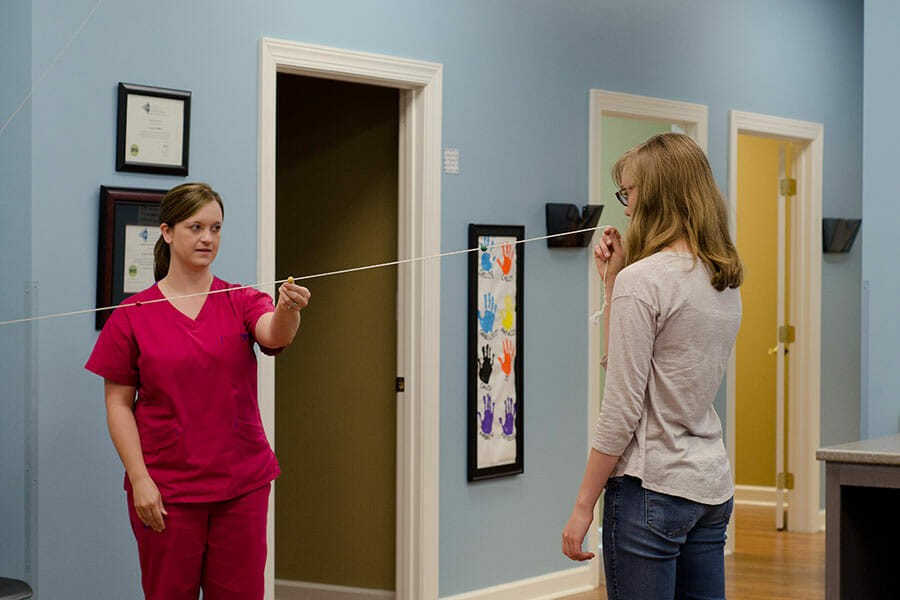The Research
It goes without saying that good research exists because of the extraordinary work of great scientists and researchers. Here’s a brief sampling of just some of the studies that have been conducted.
2002
In December 2002, Dr. Kenneth J. Ciuffreda of the SUNY College of Optometry in New York, studied the efficacy and scientific basis for vision therapy in the treatment of vergence and non- strabismic disorders. He assessed changes in oculomotor responsiveness in children and adults that supported general motor learning as well as vision therapy.
2010
In 2010, Dr. Mitchell Scheiman of Salus University in Pennsylvania, Dr. Susan Cotter of the Southern California College of Optometry (SCCO) at Marshall B. Ketchum University, Dr. John Lawrenson of the City University of London, Dr. Li W. Wang of Austin, and Dr. T. Li of Bakersfield, reviewed the studies of nearly 1,300 individuals with convergence insufficiency. Amongst those tested for six weeks to six months, were children and adults from the ages of 7 to 18, 15 to 40, and 40 and older. Study results supported the benefits of vision therapy conducted in-office and reinforced improved convergence ability in children who participated in continued vision therapy at home. Research from 2019 further indicated the therapeutic benefits of accommodative therapy.
2020
In 2020, Dr.s Kristian Borg and Berthold-Lindstedt, of the Department of Rehabilitation Medicine and Dr. J Johansson of the Department of Clinical Neuroscience, of the Karolinska Institutet, Stockholm Sweden determined that targeted vision therapy can effectively treat, improve, and reduce oculomotor deficits resulting from acquired brain injuries.
















